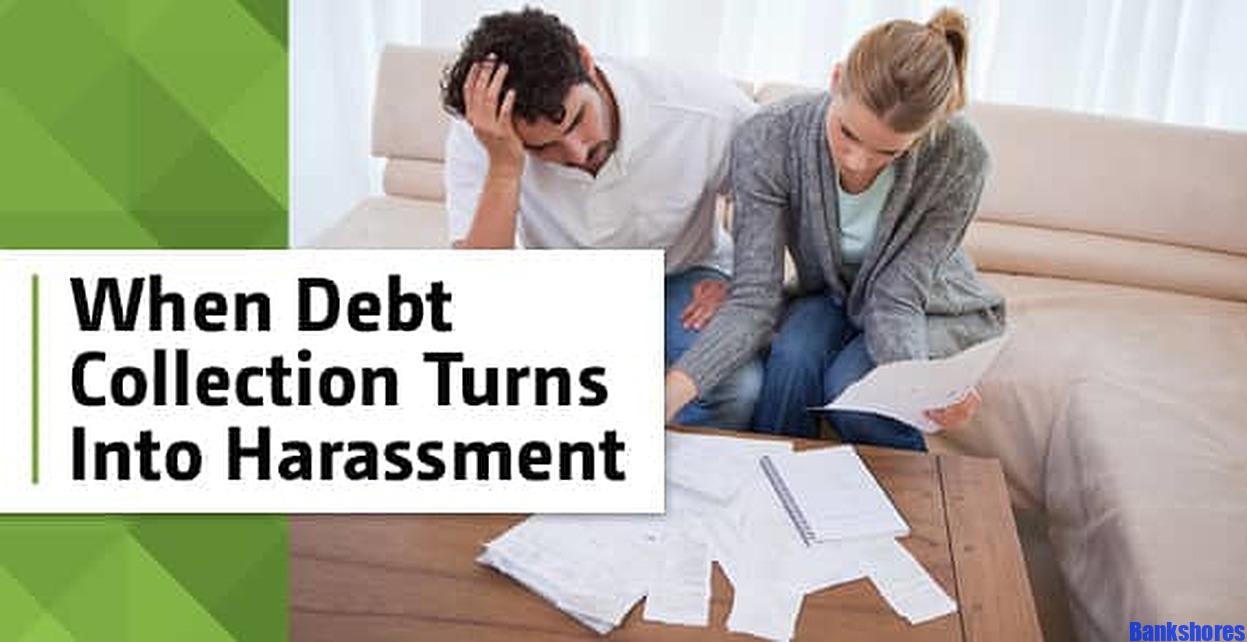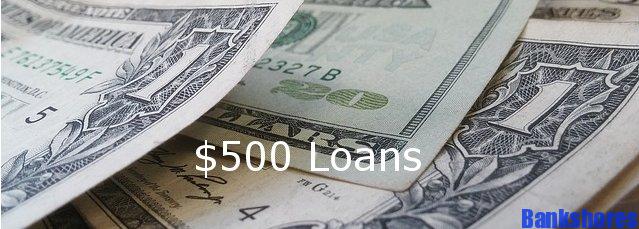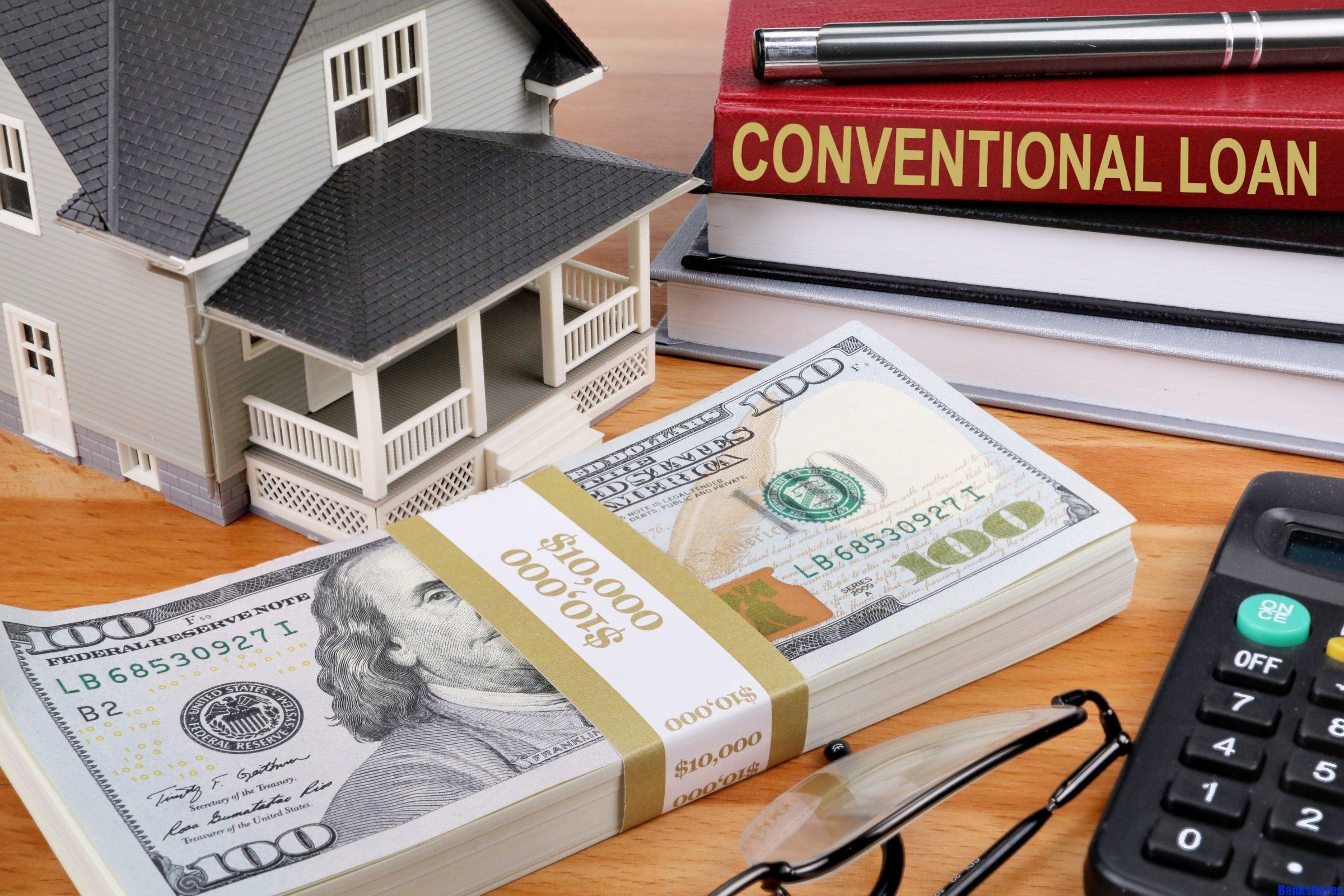Can you use checks with an old address? is pretty much a common question I have been asked. Perhaps you have an unexpected expense that necessitates a check? So, after dusting out your chequebook, you realize you haven’t used your checks since the last time you moved.
You are not alone. Checks are no longer widely accepted as a form of payment by the vast majority of individuals. Seems more like old school these days.
Can I use a check with an old address?
If the account number and routing number on the check are right, then YES, the receiving bank will be able to withdraw funds from your checking account.
This means that the address on your checks isn’t as significant as the numbers required to make the check acceptable. In fact, you may now order checks without providing any information about your address!
Can you use old checks with the wrong address?
If your account and routing information on the checks are still correct, you can utilise old checks with the erroneous address. The recipient bank will not be able to access funds in your checking account if this is not done.
This implies that if you’ve just moved houses but your account information hasn’t changed, you can keep using your chequebook, even though the address on your checks is from your former location.
Of course, while you can deposit a check at your previous address, you should make sure all of your checks are current. At the same time, squandering a perfectly excellent chequebook is pointless.
Can I put an address label on a check?
Yes! You can cover an old address with an address label on a check as long as it does not conceal the account and routing numbers.
These are really simple to get, and the customizable address labels on Amazon are a deal for the quantity you get. Simply measure the size of the region of the check that reveals your address to ensure that the label you buy isn’t too large and mistakenly covers other areas of the check that you want to remain undamaged.
You could alternatively do the more traditional method and simply purchase blank white label stickers, such as these for about $5. You can then simply cover the check’s address with a pen and write your new address over it.
Does the address on your check matter?
The address on your check isn’t really important, though it’s preferable if it’s correct. Your account and routing numbers are the most critical details, as they must be correct in order for the check to be processed.
The fact that you can order checks with no address at all demonstrates how irrelevant the address on your checks might be. If you don’t use checks very often and believe your chequebook will last you a few years – including a move to a new location – this may be the ideal method for you.
What address should be on checks?
The address on your checks should ideally be your current address. However, you can now order checks without providing an address.
This is significantly better for decreasing waste because you won’t have to worry about the address on your checks if you move and realize your checkbook’s address is no longer current.
It’s also wonderful for privacy, because it assures that you’re only revealing information that’s strictly necessary for the transaction. While your account and routing number are required to process a check and allow the receiving bank to withdraw funds from your checking account, your address is not required.
Do checks need an address?
It is not necessary to include an address on checks. Your account and routing information are required so that the bank can withdraw monies from your checking account.
As a result, having checks with your address on them is no longer necessary. In fact, ordering checks without an address is generally the best practice these days.
If you’re ever asked for your address to validate a check, you can simply tell them your address verbally. If someone truly refuses to accept a check without an address, you can have a cashier’s check produced as a one-time transaction that includes that information.
Can I Use a Check Without a Name and Address?
There is no restriction prohibiting you from using a check without a name and address, as long as the check contains your account and routing number. Some recipients, however, would refuse to accept checks that do not include a name and address.
This is uncommon, but it can happen if you need to mail a check to a government agency, for example. The Department of State, for example, demanded a check with the person’s full name and address, according to this forum posting.
You can always request that your check be written just with your first initial. For example, Dan Jackson’ check may be written as “D. Jackson,” which you might want to do for more privacy.
However, you may still encounter the above-mentioned issue from time to time. It’s also worth noting that everyone who receives a check from you is likely already familiar with your full name.
At the same time, because this is a very rare necessity, you might want to buy checks that don’t have your full name and address on them and then have cashier’s checks created when the need arises.
Where Can I Write Address on a Check?
Your address is normally printed in the top left corner of a check, so you don’t need to write it down. In most circumstances, you can also write a check without including your address.
At the same time, it’s not unheard of for check recipients, such as merchants, to request specific information about you before accepting a check. They may ask for your phone number to help them (or their bank) authenticate the check as a fraud protection tactic, which they’ll write on the check with a pen if it’s not already printed on there like on the ones above.
This in no way invalidates the check; in fact, it’s more common than you might think. Similarly, if your check’s address isn’t printed on it, someone who requires that information may theoretically handwrite it, much like a phone number.
To be clear, I’m not aware of any instances of that particular scenario occurring. However, given that writing a phone number on a check ensures that it is valid, it appears that putting an address on it, if necessary, could achieve the same result.
Can I Cash Check if the Address is Different?
If the address on the check differs from the one on your ID, you can usually cash it since the name on the check is more essential. This, however, will not always be accepted by check cashing establishments.
This is because, if you’re the one cashing the check, certain places demand that the name and address on the check match yours.
It’s difficult to give a general rule on when you won’t be able to cash a check with the wrong address because it will mostly depend on the laws of each location. However, to avoid any problems, make sure that your information as the beneficiary matches all of the required information on the check.
Do Checks have to have the Correct Address?
The correct address is not required on a check because the account and routing numbers, as well as the recipient’s name, are the most relevant aspects.
However, as previously stated, having an inaccurate address can cause issues in regions where particular restrictions apply. As a fraud protection measure, they may need the right address to be given so that they can cross-check it against the relevant person’s ID.
If you’re the payee and the check’s address is inaccurate, and you can’t find anyone who will cash the check, it’s completely acceptable to request a reissue.
If your employer pays you by check and you’ve moved but your payroll hasn’t been changed yet, this could be an issue. In that case, there will be internal protocols in place to address the issue, as this is very certainly not the first time it has occurred.
How to Correct a Mistake on a Check
You don’t need to be concerned if you’ve ever made a mistake when writing a check; it’s a quite typical occurrence! Some of these blunders include writing the wrong check to the wrong person, entering the wrong amount, or even entering the wrong date. Fortunately, you can quickly correct these errors.
You have two options for correcting the error: write a new check or cross out the incorrect information. If you plan on doing the latter, check with your bank to see if they accept checks that have been modified.
All you have to do to rectify the errors is take a blue or black pen and cross out the mistake. After that, you can put the corrected information to the side and write your initials next to it to let the bank know it was you who made the change. While you can cross out mistakes, extensive scribbling on the check should be avoided. This may result in your check being voided.
In most circumstances, you won’t have any trouble rectifying problems, but if you want to be certain that the check won’t be refused, I recommend voiding it and writing a new one.
Some banks may believe that if you make changes to a cheque, the person cashing it out changed the information on it. Some minor changes, such as a misspelt name, are frequently overlooked; however, others, such as incorrectly filling in the amount, may not.
If you wish to void an old check and start fresh, pick a pen and write ‘VOID’ across the entire check. Make careful to record that information in your chequebook register so you don’t forget what happened with that check.
What Information Should Be On Checks?
The payee’s name, the check’s value, the payer’s account and routing number, their signature, and the check’s date are the only items that must appear on a check.
There is a lot more information you may include if you wish to (and it is occasionally required by the receiver based on their own regulations), but it isn’t required. This includes the following:
- Personal information about the check’s issuer, such as their name, address, and phone number
- In the “memo” box, make notes about what the cheque is for.
- The contact information for your bank is frequently printed on there automatically, though this is becoming less usual since that you can buy checks considerably more cheaply (and just as safely!) online.
Do Old Checks Expire or Can You Keep Using Them?
In most circumstances, you can use filled-in checks for up to six months after they’re written. After that period of time has passed, it is up to your bank to decide whether or not to deposit the monies.
Unwritten checks, on the other hand, do not expire as long as your account information is accurate. If you’re wondering if you can use your old checks until your new ones arrive, the answer is yes!
How to Dispose Old Checks Correctly
You won’t need your old checks if you’ve already received your new ones. There are several options for getting rid of old checks, but you should choose the approach that gives you the most peace of mind.
I discovered that shredding my old checks is the safest alternative because I can separate the pieces into different garbage bags. Because it also crosscuts, this is the shredder I use.
This manner, I can be certain that those checks will never be seen again. If you don’t have a shredder, I recommend cutting up your sensitive information into tiny bits with a scissor.
You can ask your bank to destroy your documents if shredding, burning, or storing them isn’t an option for you. In the majority of circumstances, the bank is more than willing to work with you.
Personal Check Alternatives
You can use these alternatives until you receive your new check if you don’t feel safe utilising your check with an outdated address. A ‘Cashier’s Check’ or a ‘Money Order’ are the two basic alternatives.
Cashier’s Check
Your bank issues and signs this form of check. In this situation, the bank deducts a predetermined amount from your account before issuing a check to the company you wish to pay. For each check, most banks impose a fee of around $10.
Some firms want these checks because they add an added layer of security to the payment because the bank pays the company directly, ensuring that the funds arrive and do not bounce.
Money Order
This form of ‘check’ is available at a variety of locations, including convenience stores, supermarket stores, and the postal service. Cash, traveler’s checks, or debit cards are accepted as payment for these checks. You can use them to buy anything or send money to someone else in this scenario. Money orders are more convenient to get, but they are not as secure as a cashier’s check.
Do You Still Need Paper Checks?
Yes, physical checks are still required in many situations. Despite the fact that we live in an age of internet payments and digital cash, a paper check can be useful.
- Here are some reasons why you should continue to use paper checks:
- Avoid purchasing using a credit card that has a minimum purchase requirement.
- During credit card machine interruptions, you can still pay.
- Avoid paying extra fees while using a credit card.
- Unlike cash, it’s easy to track.
- Versatility in comparison to gift cards when it comes to gift giving
- Only checks or money orders are accepted by some establishments.
- Money orders are more expensive.
How to Order New Checks The Easy Way
People order fresh checks for one of two reasons: to refill old checks or to alter their permanent address. In this situation, we’ll be concentrating on the latter.
You can order a new check in a variety of ways, some of which are more secure, economical, or convenient than others. I’ll go over each choice so you can decide which is best for you.
Order Checks Through your Bank
This is by far the simplest and safest method of ordering checks. Because the bank already has your account and routing number, you don’t need to write them down. You won’t have to worry about any errors or mistakes in your new check because the bank has all of your information secure.
To order checks through your bank, phone or visit them and inform them that you require new checks. If you like, you can update your permanent address or other details. Some banks allow you to do the entire process online, so check with your bank to see if they do!
After everything has been ordered, your cheque should arrive in one to two weeks, depending on the bank. You have the option of having it sent to your home or having it delivered to the bank for you to pick up in person.
Some banks will reimburse you for the cost of ordering fresh checks, while others may charge you full amount. If you want more particular information, call your bank.
Order Checks Online
This is normally more convenient and cost-effective than ordering through your bank, but it is not always as safe. Many websites allow users to customise their designs, colours, and other aspects.
Safety is one of the reasons why some individuals are hesitant to order checks online. They are hesitant to share their personal information with an unknown seller.
When ordering checks online, this merchant takes all of the required safety precautions.
That isn’t to say that ordering checks through the internet is risky. This is something I’ve done before and had amazing success with. If you want to try it out, only order from reputable websites.
Print New Checks at Home
Although this is the least popular option among users, it is still an alternative worth considering if you want to give it a shot. To work, a check merely needs to contain your account information. If you’re printing a check at home, you’ll need to utilise check-specific paper.
Because you’re in charge of all processes, you’ll be able to acquire a new check as quickly as feasible. Keep in mind that some banks require checks to be written in a specified format.
Before printing your checks, make sure you follow your bank’s instructions. If you make a mistake, you can have problems using them with the bank.
What is the greatest option for ordering new checks now that we’ve gone over all of our options? I usually recommend obtaining checks from your bank. It’s the safest and most straightforward option on the list.
Conclusion
It should be obvious by now that having your checks’ address printed on them is completely unnecessary.
In fact, the current standard of practice is the polar opposite. It’s generally viewed as better now to purchase checks with no address on them at all, whether it’s for security or privacy concerns, or a desire to decrease waste by not having to throw out old chequebooks that no longer have the proper address (even though you may use a check with an old address), However, if you frequently buy certified checks, it may not be your choice, and it may ultimately be up to your bank.






